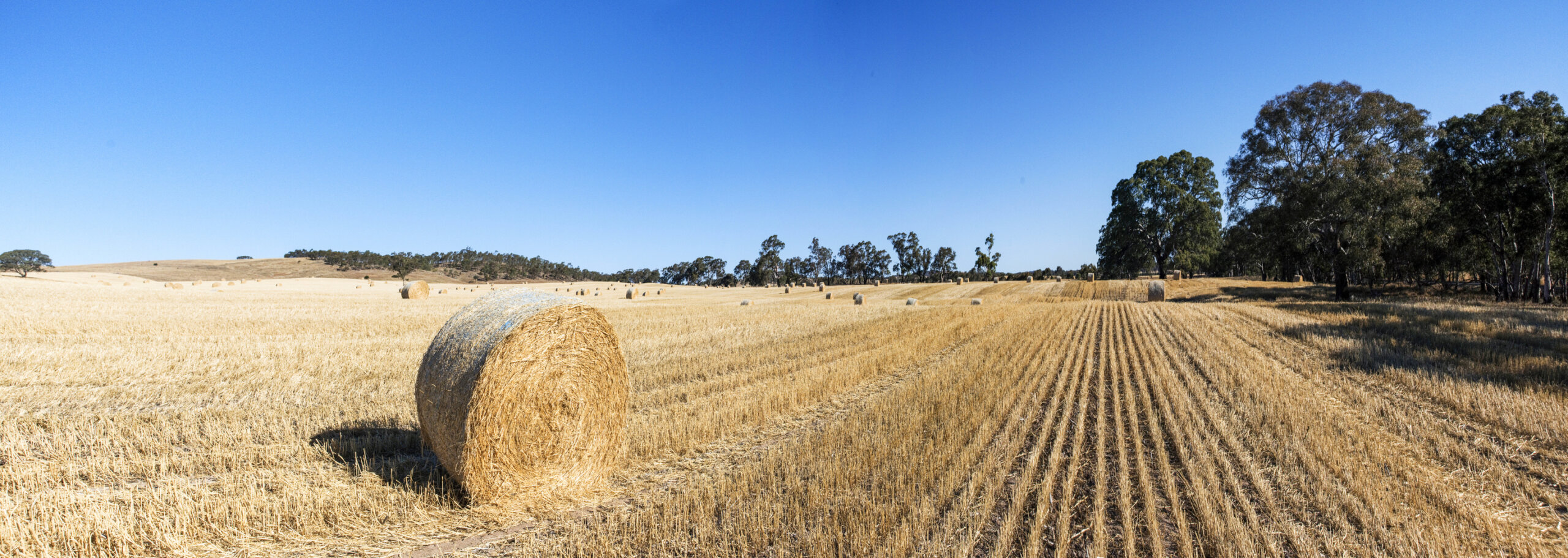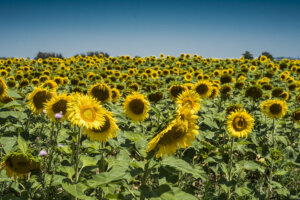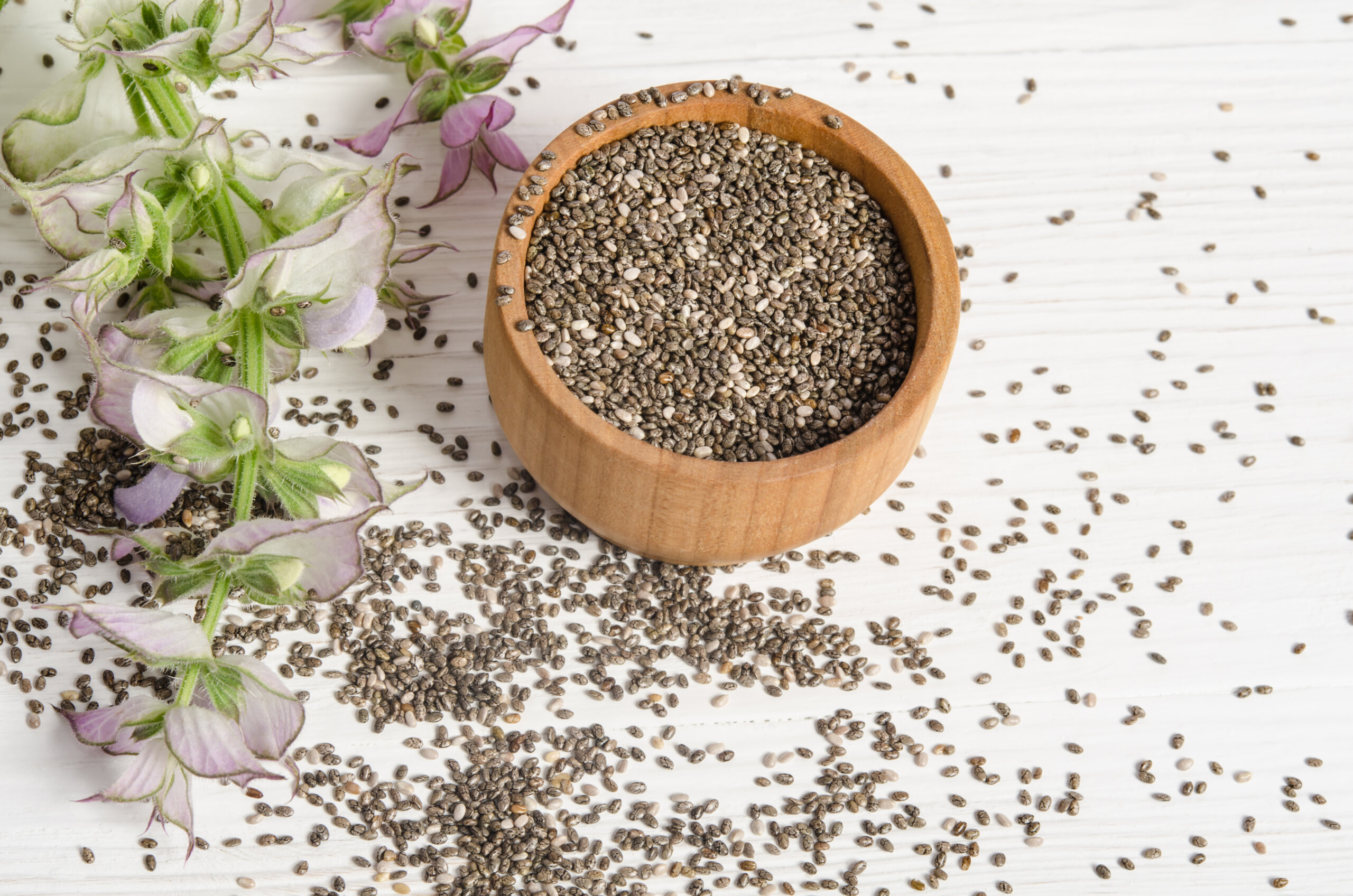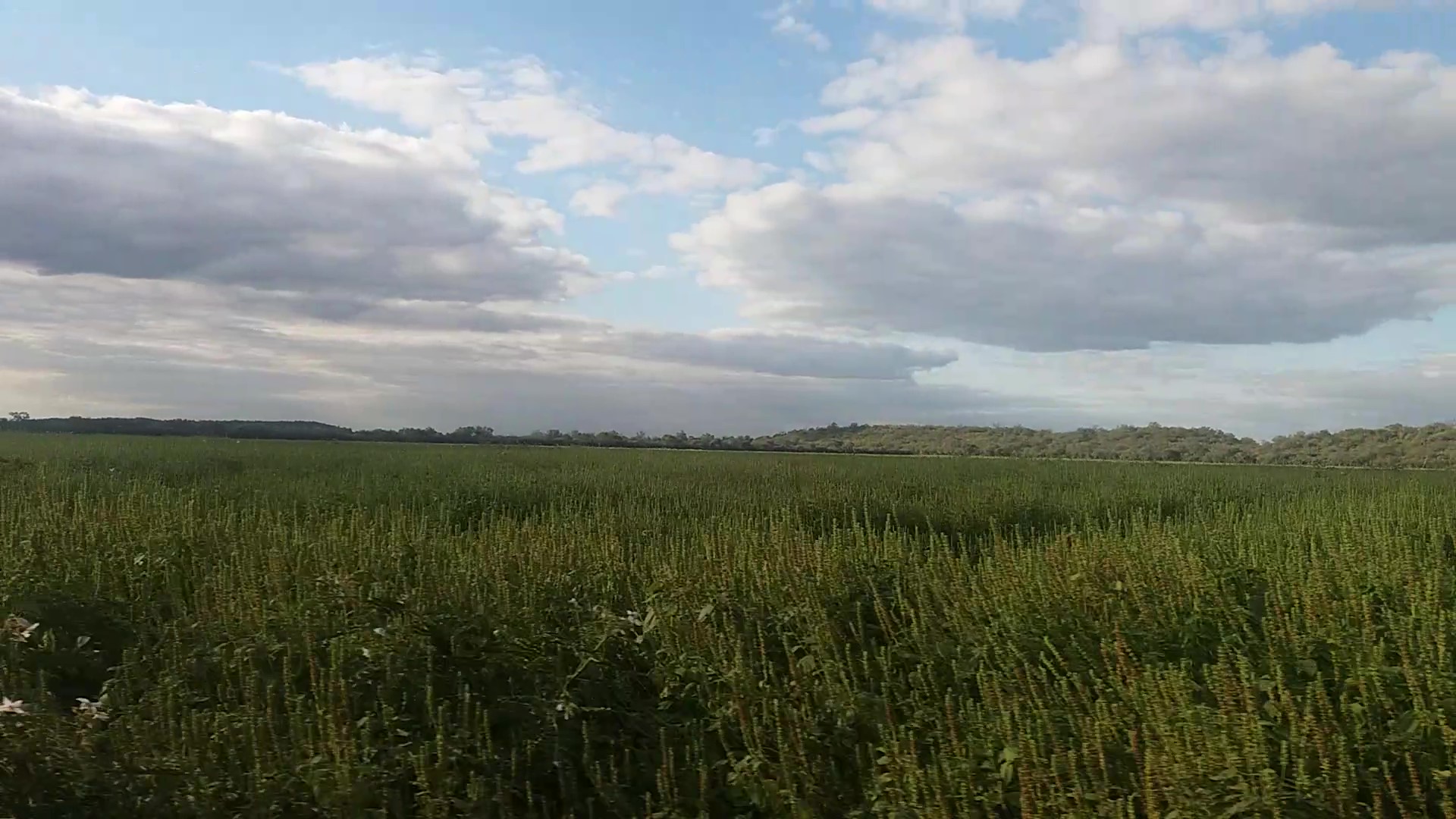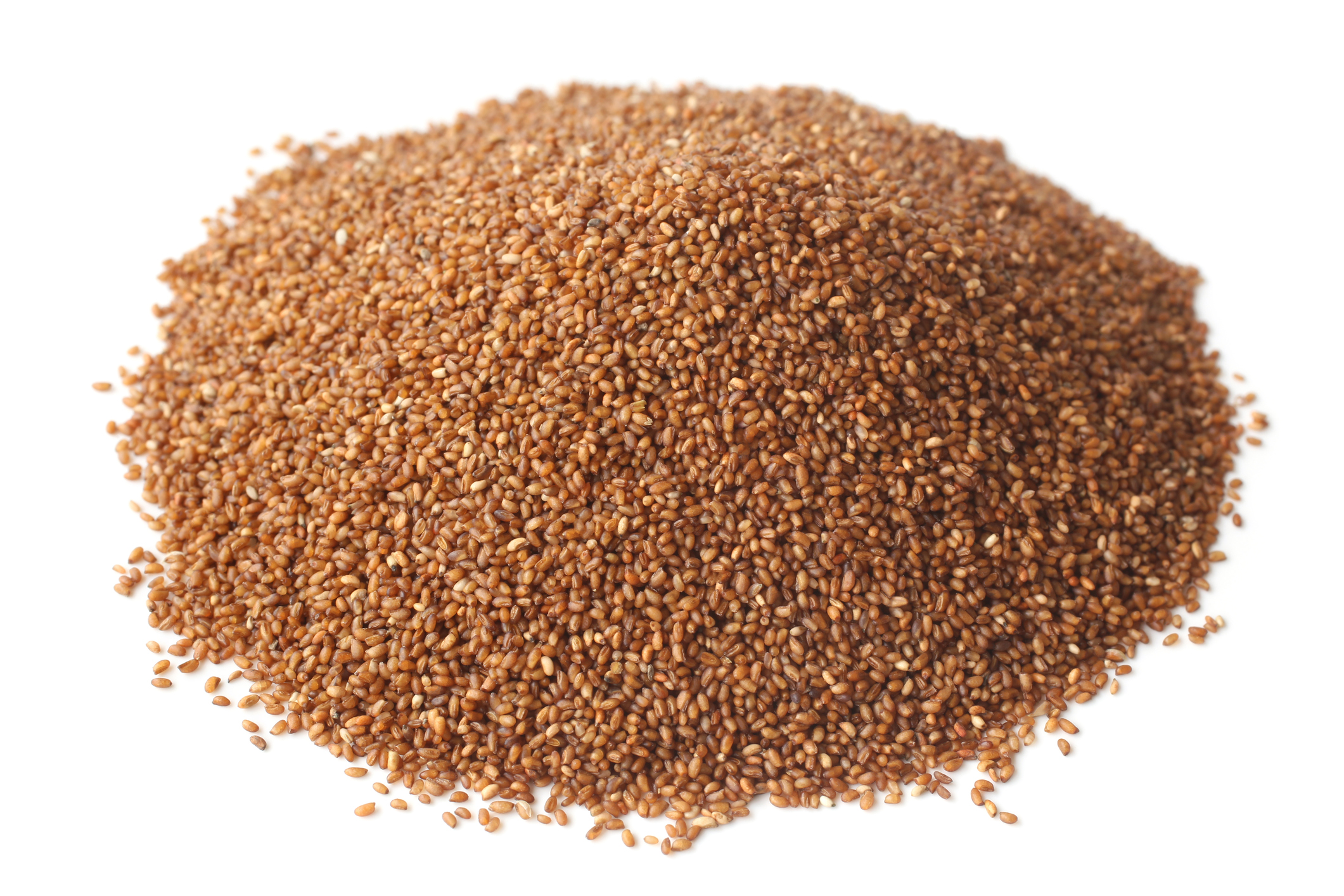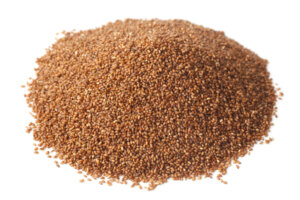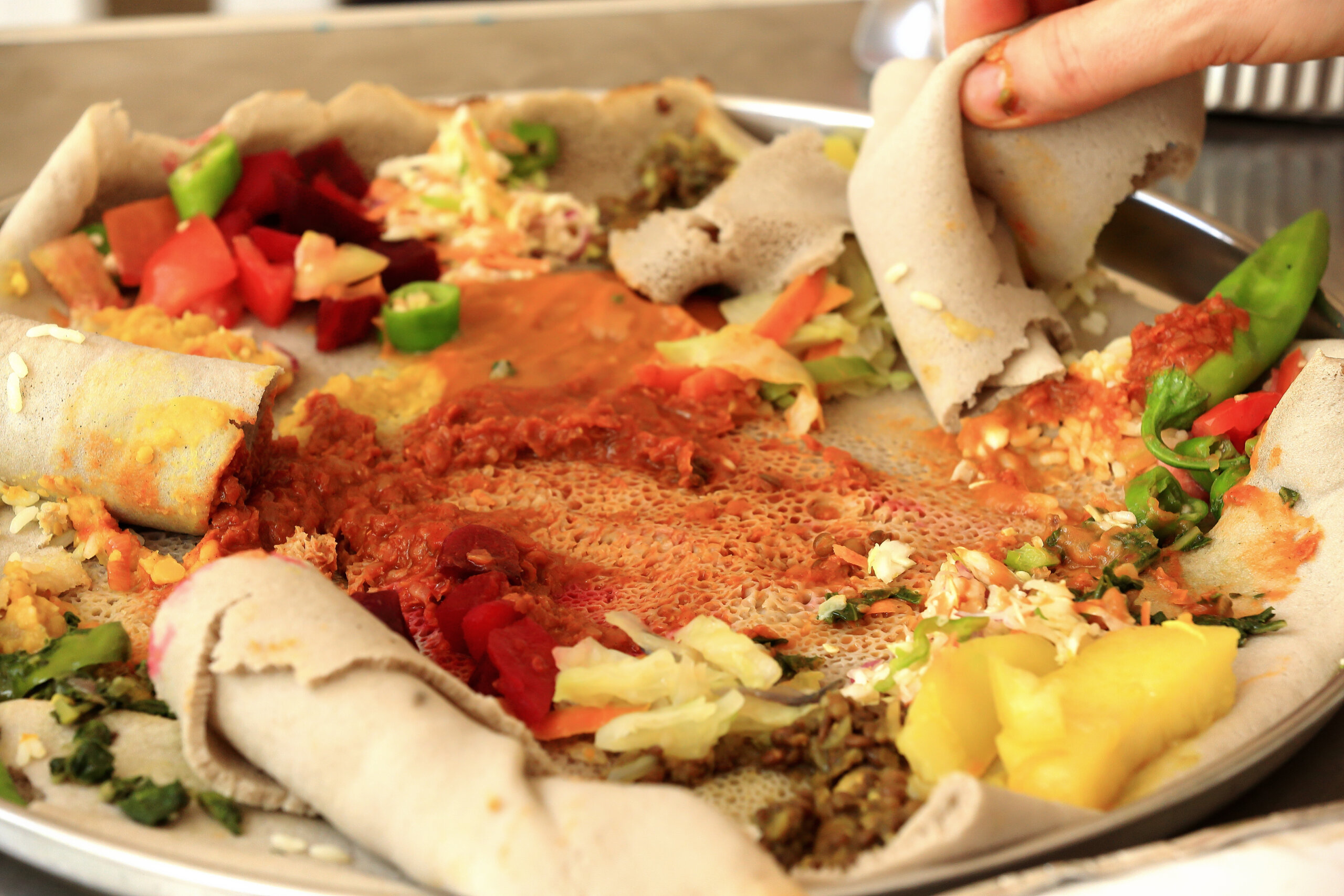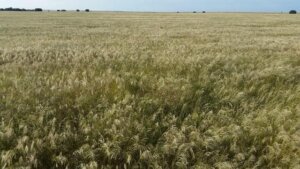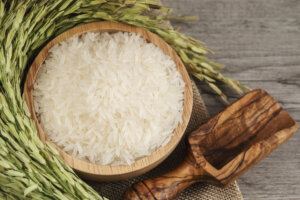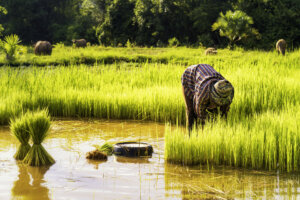It is well known that much of the world depends on China to buy their agricultural goods. Less known is the dependence on China for many of their food products. For whatever reason, either political views, Covid-19 backlash, threat of instability in the South China Sea, currency movements and environmental concerns, we are seeing the start of the “dechinarization” of food in many markets.
For whatever reason, the pivot away offers opportunities like never before for many other nations, as the old saying goes, one man’s poison is another man’s meat! The challenge for these nations that benefit from this change is can they match the speed and the might of Chinas supply chain?
One zone that can, is South America. Argentina is well known for the feeding the world through various world wars with meat and grains but has lost ground in recent decades because of bad government and a fair amount of bad luck. Some is self-inflicted such as getting sunk into the ‘soya mire’ where much of the production has been centred around soya crops, leaving other commodities to wither and exporting to, guess where….China.
One of the issues in South America, is that the unknown is often the language barriers, cultural differences, distance from the markets and at times just the fear of getting it wrong. However trusted world class companies exist, and with the devaluation of the Argentine peso, opportunities abound.
It our pleasure to be in South America at this time. It is enthusing, exciting times. TradeLink International is here for needs great and small, with boots on the ground and trusted farmers and processors, ready to help. There’s the quick and the dead…. Don’t be dead!



